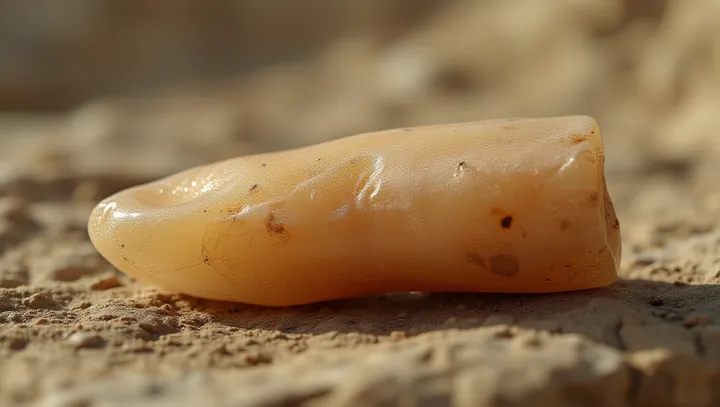Ancient Chewing Gum Reveals Secrets

In a striking revelation, archaeologists have uncovered the oldest known piece of chewing gum in what is now Finland, dating back over 9,000 years. The gum, made from birch bark tar, was likely used by Stone Age humans for medicinal and hygienic purposes, as well as a primitive form of dental care. This fascinating find not only underscores humanity's long-standing relationship with chewing substances but also sheds light on the innovative uses of natural resources by ancient cultures.
The chewed gum contains teeth marks, providing invaluable information on the diet, habits, and even DNA of the people who once inhabited the region. Dr. Laura Jones, an expert in ancient human behavior, points out that such discoveries are pivotal in understanding the quotidian aspects of prehistoric life.
'Each artefact like this gives us a tangible connection to our ancestors,' she remarks, emphasizing the need for continued research in archaeological sites worldwide. The analysis of this ancient gum provides a window into the past, helping modern humans appreciate the resourcefulness of early societies. It invites us to reflect on the historical journey of chewing gum, from a natural chewing substance to its modern commercial forms, thereby bridging the gap between ancient and contemporary consumer habits.
